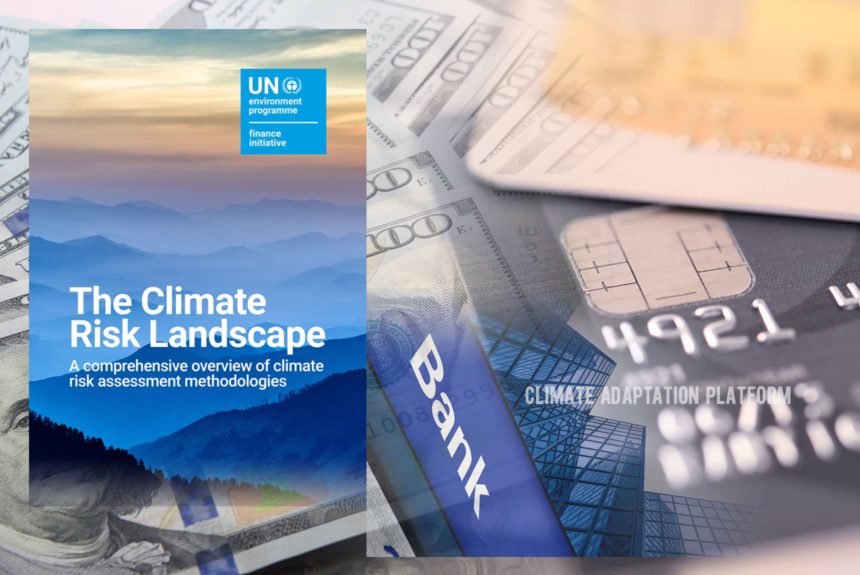Climate change effects like flooding, sea-level rise, solid hurricanes and typhoons, heavy rains, and droughts are projected to increase in the coming years. It will impact tangible assets, supply chains, and business operations.
The financial sector plays a critical role in managing these risks and providing capital for climate resilience and the transition to a low-carbon economy required to mitigate climate change risks.
Shareholders in financial institutions are interested to know firms are preparing to address the physical and transition risk in their portfolios. At the same time, financial institutions also want to identify the risks and opportunities of these changes and ensure that their firm is well-positioned to meet them.
Many financial intuitions have explored data, tools and analytics, developing their in-house climate risk assessment and tools. Some have turned to outside climate solution providers to obtain the climate skills, information, and outputs they need.
Given the growing number of climate risk tools and providers, which can range from public data sources from organisations such as the United Nations and the World Bank to paid providers who can create tailored tools for an institution, the UNEP Finance Initiative has developed resources to inform financial institutions on the structure, coverage, and methodologies of commonly used tools.
The United Nations Environment Programme published the “Climate Risk Tool Landscape, 2022 Supplement” to inform financial institutions on the structure, coverage, and methodologies of commonly used tools.
This report includes detailed case studies from 15 financial institutions, which:
- give financial institutions insights into the process, challenges, and outputs related to using selected climate risk tools,
- make suggestions to tool providers on where their services could benefit from additional components,
- highlight supervisory authorities and regulators’ current tool applicability, possible gaps and ways forward soon.
“This report is a supplement to The Climate Risk Landscape published in 2021, which mapped climate-related financial risk assessment methodologies. The landscape review summarized key developments across third party climate risk assessment providers. Together, the two reports provide financial institutions with resources for understanding both the theoretical as well as the practical attributes of different tools.”
Source:
The Climate Risk Tool Landscape: 2022 Supplement. (2022 March). UNEP. Retrieved from https://www.unepfi.org/publications/the-climate-risk-tool-landscape-2022-supplement/



Leave a Reply